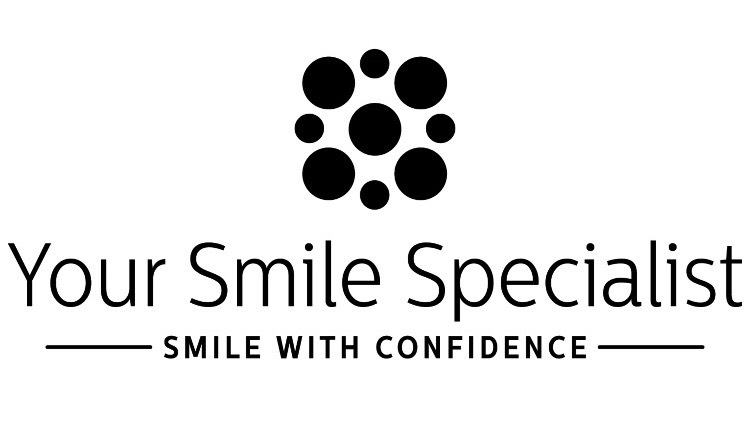Bit confused? Hopefully the following will help…
Orthodontics is the branch of dentistry that specializes in the diagnosis, prevention, and treatment of dental and facial irregularities.
- Upper front teeth protrude excessively over the lower teeth, or are bucked
- Upper front teeth cover the majority of the lower teeth when biting together (deep bite)
- Upper front teeth are behind or inside the lower front teeth (underbite)
- The upper and lower front teeth do not touch when biting together (open bite)
- Crowded or overlapped teeth
- The centre of the upper and lower teeth do not line up
- Finger or thumb sucking habits which continue after six or seven years old
- Difficulty chewing
- Teeth wearing unevenly or excessively
- The lower jaw shifts to one side or the other when biting together
- Spaces between the teeth
- Upper front teeth protrude excessively over the lower teeth, or are bucked
- Upper front teeth cover the majority of the lower teeth when biting together (deep bite)
- Upper front teeth are behind or inside the lower front teeth (underbite)
- The upper and lower front teeth do not touch when biting together (open bite)
- Crowded or overlapped teeth
- The centre of the upper and lower teeth do not line up
- Finger or thumb sucking habits which continue after six or seven years old
- Difficulty chewing
- Teeth wearing unevenly or excessively
- The lower jaw shifts to one side or the other when biting together
- Spaces between the teeth
Orthodontic treatment can be started at any age. Many orthodontic problems are easier to correct if detected at an early age before jaw growth has slowed. Earlier treatment may mean that a patient can avoid surgery and more serious complications. The American Association of Orthodontists recommends that every child first visit an orthodontist by age 7 or earlier if a problem is detected by parents or the family dentist. The current thinking in Irealnd and the UK is about 9 years of age for intial consultation.
Phase I, or early interceptive treatment, is limited orthodontic treatment (i.e. expander or partial braces) before all of the permanent teeth have erupted. Such treatment can occur between the ages of six and twelve. This treatment is sometimes recommended to make more space for developing teeth, correction of crossbites, overbites, and underbites, or harmful oral habits.
Phase II treatment is also called comprehensive treatment because it involves full braces when all of the permanent teeth have erupted, usually between the ages of eleven and thirteen.
Most (60%) treatment we carry out is Phase II. The optimum age in most cases is when most of the baby teeth are shed at about age 11-14 years. However, excellent orthodontic results can be achieved at any age.
Orthodontic treatment can be successful at any age. Everyone wants a beautiful and healthy smile. Thirty percent of orthodontic patients today are adults.
Braces use steady gentle pressure to gradually move teeth into their proper positions. The brackets that are placed on your teeth and the archwire that connects them are the main components. When the archwire is placed into the brackets, it tries to return to its original shape. As it does so, it applies pressure to move your teeth to their new, more ideal positions.
Treatment times vary on a case-by-case basis, but the average time is from 6 months to two years. Actual treatment time can be affected by rate of growth and severity of the correction necessary. Treatment length is also dependent upon patient compliance. Maintaining good oral hygiene and keeping regular appointments are important in keeping treatment time on schedule.
The placement of bands and brackets on your teeth does not hurt. Once your braces are placed and connected with the archwires you may feel some soreness of your teeth for one to four days. Your lips and cheeks may need one to two weeks to get used to the braces on your teeth.
No. It is recommended, however, that patients protect their smiles by wearing a mouth guard when participating in any sporting activity. Specialised mouth guards can be provided by us.
No. However, there may be an initial period of adjustment. In addition, brace covers can be provided to prevent discomfort.
Yes, you should continue to see your general dentist every six months for cleanings and dental checkups.
It would be unusual to be laughed at or get bullied for wearing braces, most people today are aware of what they are and what their purpose is. It is also important to remember that orthodontic braces are a medical treatment and laughing at someone with braces is comparable to laughing at someone who has broken their leg and is wearing a plaster cast. If you are being bullied, then make sure that you inform a parent or responsible adult.
No! It will make no difference in this area of your life whatsoever. Having braces actually shows that you care about your appearance and people usually find this to be an attractive quality. Braces are so common nowadays that you may find your girlfriend or boyfriend also wears a brace.
Yes and don’t worry, they won’t lock together!
Yes. If you were a diabetic, you wouldn’t eat sweets because they could have an adverse effect on your health. For the same reasons as a brace-wearer you will have to ensure you avoid foods that can damage your teeth or braces. Good tooth brushing is the key because everyone is allowed to have treats
It will require a concerted effort to brush your teeth properly after every meal, as you will need to make sure you follow your orthodontist’s advice to the letter. Doing this is in your own best interests as it prevents food getting stuck in your braces and also means that when your brace is removed your teeth are not horribly stained.


